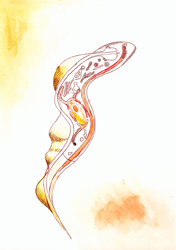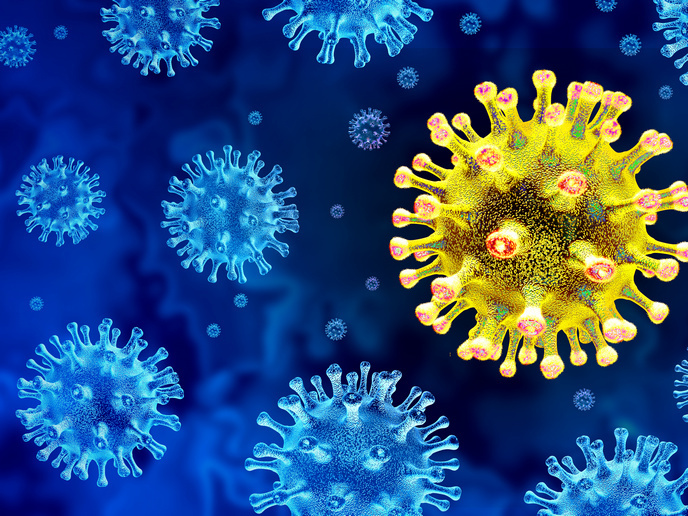Unravelling the epidemiology of Trypanosoma cruzi
Chagas disease is a parasitic infection caused by the protozoan Trypanosoma cruzi. The parasite is transmitted to humans via blood-sucking bugs and the infection is carried for life despite immune responses. T. cruzi multiplies in a variety of tissues causing quite a complex clinical phenotype. Similarly remarkable is the fact that there are at least six genetic lineages within the same parasite species. Coupled to a complex epidemiology, these factors hamper the prevention of Chagas disease. Seeking to delineate the epidemiology of this genetically diverse species, the EU-funded 'Comparative epidemiology of genetic lineages of Trypanosoma cruzi' (CHAGASEPINET) project employed high-resolution technologies. In order to facilitate rapid screening and identification of the T. cruzi lineages, the consortium developed an assay based on polymerase chain reaction followed by restriction fragment length polymorphisms. The assay required parasite isolation in clinical samples prior to testing. However, it provided specific, reliable and highly reproducible parasite lineage identification. Additional techniques such as multilocus sequence typing (MLST) and multilocus microsatellite typing (MLMT) were developed for the identification of T. cruzi lineages. The advantage of using MLMT is that microsatellites evolve rapidly and enable tracking of the origins and spread of particular genotypes. This makes it ideal for high-resolution population genetics analysis. Unfortunately, these genotyping methods reveal only the parasite lineages present in the tested sample and not those that may be elsewhere in the body. In contrast, the method of lineage-specific serology allows for the detection of serum antibodies to specific parasite peptide targets. A major accomplishment of this project was the collection of a large number of clinical samples to establish a DNA, serum and parasite biobank. These samples were compared using the genotyping and lineage-specific serology methodologies developed during the course of the project. Both European and South American partners worked in close collaboration to delineate the complex molecular epidemiology of T. cruzi infection, particularly in Bolivia, Brazil, Colombia, Ecuador and Venezuela. The generated information holds significant socioeconomic and societal impact, and is expected to improve disease awareness and surveillance.







